Table of Contents
Introduction
The most common spices in curry are turmeric, cumin, coriander, garam masala, cayenne pepper, mustard seeds, black pepper, and garlic/ginger. These ingredients form the foundation of curry dishes worldwide, each contributing unique flavors and aromas to create the iconic taste.
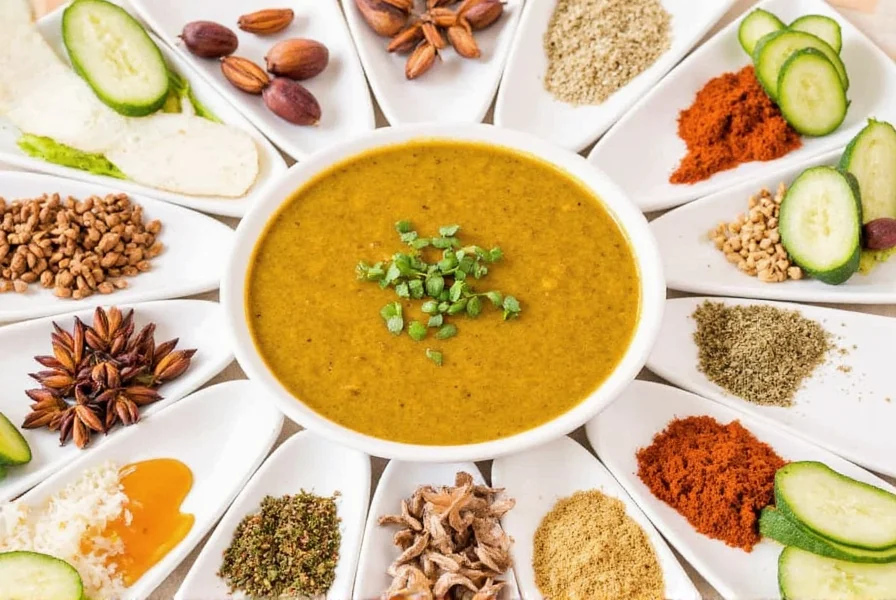
Curry Spice Basics
Before diving into the specifics, it's important to understand that 'curry' itself isn't a single spice but rather a blend of multiple spices. The exact composition can vary widely depending on the region—Indian, Thai, Japanese, and Caribbean curries all have their own signature spice profiles. However, there are some core spices that are commonly found across different types of curry.
The term 'curry' comes from the Tamil word 'kari,' which means sauce or gravy. In many Indian recipes, the base of the dish is built using a combination of ground spices, often called a 'garam masala' or simply a curry powder. This makes the question what spices are in curry more complex than it seems—it's not just one answer, but a range of possibilities.
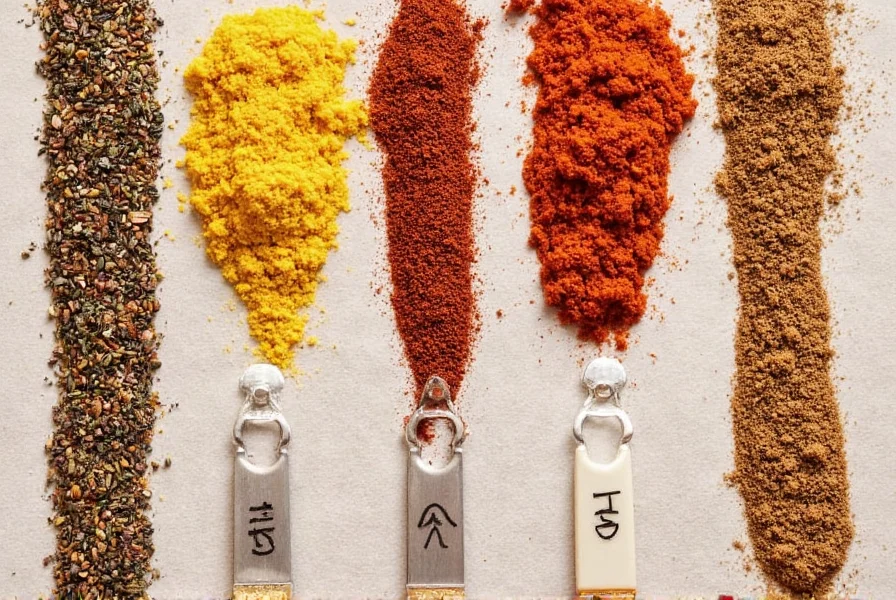
Common Spices in Curry
Let's break down the most common spices found in curry. These ingredients form the backbone of the flavor profile and are essential for creating that authentic, aromatic taste. Here's a list of the top spices you'll find in a typical curry:
- Turmeric – Adds color and a warm, earthy flavor
- Cumin – Provides a nutty, smoky depth
- Coriander – Offers a citrusy, slightly sweet note
- Garam Masala – A warming spice mix used as a finishing touch
- Cayenne Pepper – Adds heat and intensity
- Mustard Seeds – Used for tempering, giving a sharp, pungent flavor
- Black Pepper – Enhances the overall warmth and complexity
- Garlic & Ginger – Not technically spices, but essential aromatics
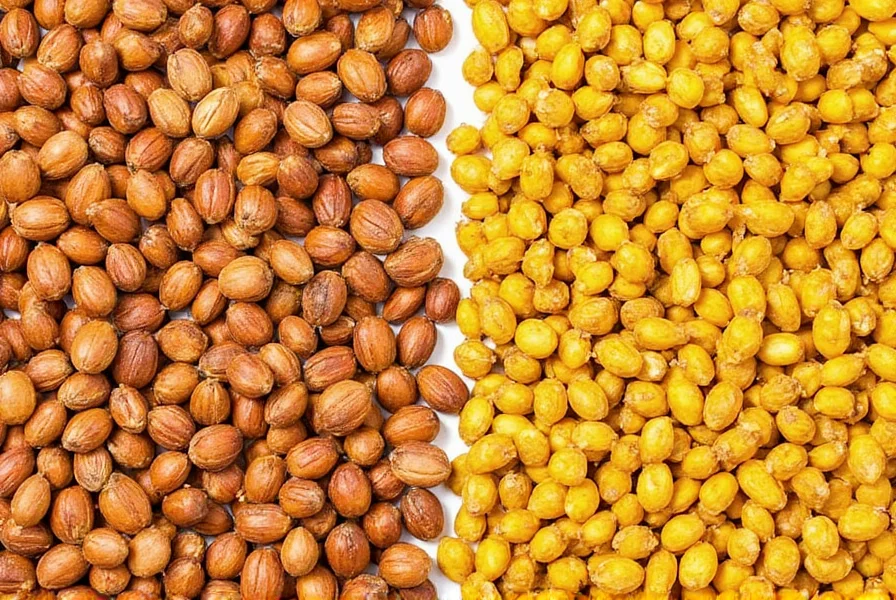
How Do These Spices Work Together?
Each spice contributes a different layer to the final flavor. For example, turmeric gives curry its vibrant yellow color and mild bitterness, while cumin adds a deep, smoky undertone. Coriander brings a bright, citrusy note, and cayenne provides the heat. When combined, these spices create a well-rounded, complex flavor that defines curry.
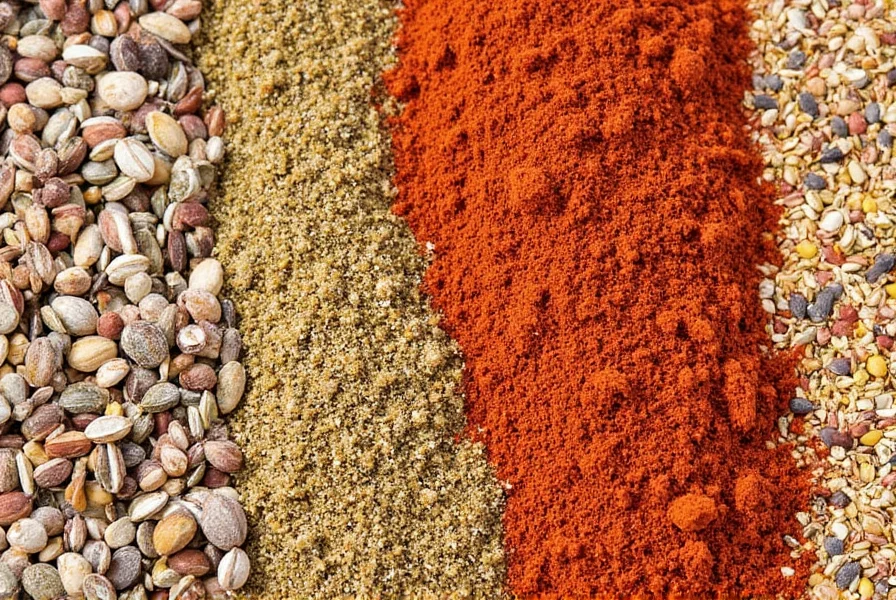
Spice Combinations & Tips
Understanding the individual roles of spices is one thing, but mastering the art of combining them is another. Here are some practical tips to help you get the best out of your curry spices:
- Toast the spices first – Toasting whole spices like cumin or coriander before grinding them enhances their aroma and flavor.
- Use fresh spices – Freshly ground spices offer a stronger, more vibrant flavor than pre-ground ones.
- Balance the heat – If your curry is too spicy, add a bit of yogurt or coconut milk to mellow it out.
- Experiment with combinations – Don't be afraid to try new spice pairings—like adding cinnamon for a subtle sweetness or cardamom for an exotic twist.
Whether you're making a classic chicken curry or a vegan lentil version, knowing what spices are in curry will give you the confidence to tweak and personalize your recipe.

Buying Guide: Choosing the Right Curry Spices
When it comes to selecting the best spices for your curry, quality matters. Here's a quick guide to help you choose the right spices based on your needs and preferences:
Top 5 Curry Spices to Buy
| Spice | Features | Best For | Occasions |
|---|---|---|---|
| Turmeric | Rich in antioxidants, adds color and earthiness | Vegetable dishes, rice, soups | Weeknight meals, healthy cooking |
| Cumin | Nutty, smoky flavor, boosts digestion | Meat dishes, stews, roasted vegetables | Family dinners, festive meals |
| Coriander | Citrusy, sweet, pairs well with many flavors | Fish, chicken, grain-based dishes | Light lunches, dinner parties |
| Cayenne Pepper | Hot, bold, adds fire to any dish | Spicy curries, chili, sauces | Special occasions, adventurous eating |
| Garam Masala | Warm, complex, used at the end of cooking | Finishing touch for meats, vegetables | Dinner parties, gourmet meals |
These spices are perfect for both beginners and experienced cooks. If you're looking for a convenient option, look for ready-made curry powders or spice mixes, which often contain a balanced blend of the above ingredients.
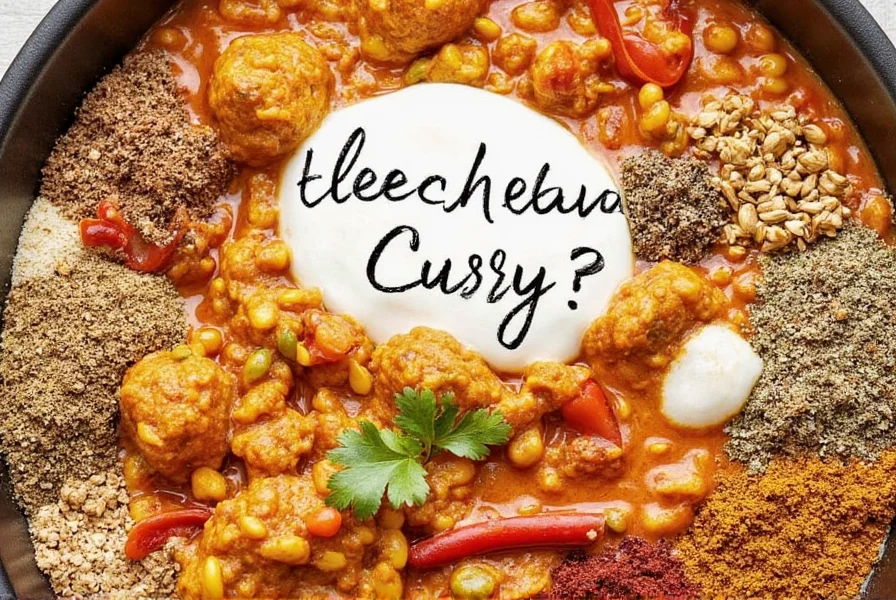
Frequently Asked Questions
What is the main spice in curry?
While there's no single "main" spice in curry as it's a blend, turmeric is often considered the most recognizable ingredient due to its vibrant yellow color and earthy flavor. However, the essential foundation of most curry blends typically includes turmeric, cumin, and coriander as the core trio.
Is curry powder the same as garam masala?
No, they are different spice blends. Curry powder is a Western creation that typically contains turmeric (giving it the yellow color), coriander, cumin, fenugreek, and sometimes chili. Garam masala is an authentic Indian spice blend that usually contains warming spices like cinnamon, cardamom, cloves, and black pepper, but no turmeric. Garam masala is often added at the end of cooking, while curry powder is used during the cooking process.
How long do curry spices last?
Whole spices can stay fresh for 2-3 years when stored properly in airtight containers away from light and heat. Ground spices typically last 1-2 years, though their potency diminishes over time. Curry powder specifically should be used within 6-12 months for best flavor. To check if your spices are still good, rub a small amount between your fingers and smell it - if the aroma is weak, it's time to replace them.
Can I make my own curry powder at home?
Absolutely! Making your own curry powder allows you to control the freshness and customize the flavor profile. A basic recipe includes: 2 tablespoons coriander seeds, 1 tablespoon cumin seeds, 1 tablespoon turmeric powder, 1 teaspoon fenugreek seeds, 1 teaspoon mustard seeds, 1 teaspoon chili powder, 1/2 teaspoon black pepper, and 1/2 teaspoon ginger powder. Toast the whole spices first, then grind them together with the powders. Store in an airtight container.
What's the difference between Indian and Thai curry spices?
Indian curries typically use dry ground spices like turmeric, cumin, and coriander as their base, creating complex layered flavors through a "masala" (spice paste). Thai curries, on the other hand, are made from fresh curry pastes containing ingredients like lemongrass, galangal, kaffir lime leaves, and shrimp paste, with less emphasis on dry spices. Indian curries often have a yellow-orange color from turmeric, while Thai curries vary by color (red, green, yellow) based on the chilies used.
Why is my homemade curry not as yellow as restaurant curries?
Restaurant curries often use a higher quantity of turmeric to achieve that vibrant yellow color. Some establishments may even add a small amount of food coloring. To make your curry more yellow, increase the turmeric slightly (be careful as too much can make it bitter), or add a pinch of saffron for a golden hue. Keep in mind that the color also depends on other ingredients - coconut milk will make it creamier and less vibrant, while tomato-based curries will be more orange-red.
Conclusion
In conclusion, the question what spices are in curry has no single answer—it depends on the type of curry and the cultural origin. However, by understanding the most common spices and how they work together, you can confidently experiment and create delicious, flavorful dishes.
Whether you're a curious foodie or a professional chef, exploring the world of curry spices is a journey worth taking. With the right knowledge and a little creativity, you can turn simple ingredients into something truly extraordinary.
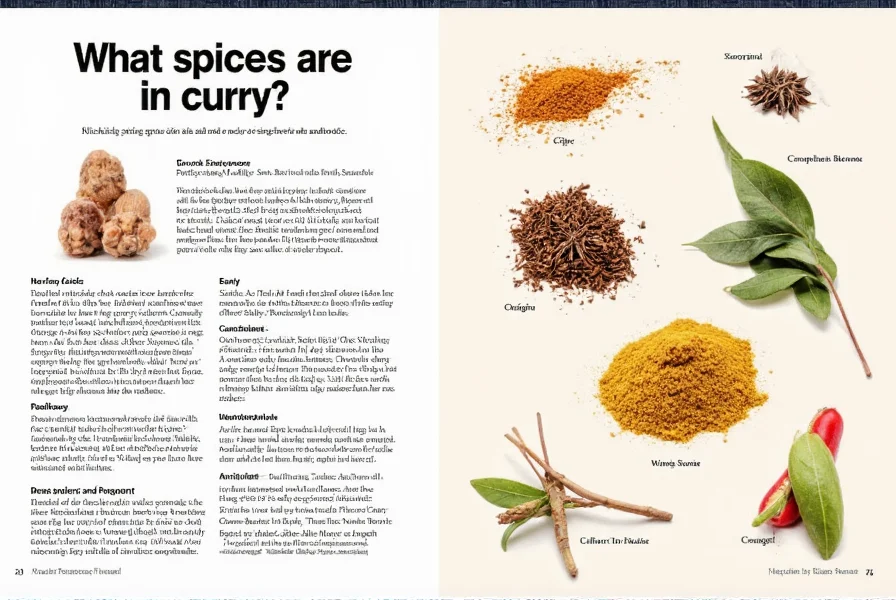
So next time you reach for a spice jar, remember: you're not just adding flavor—you're unlocking a world of taste, culture, and tradition.

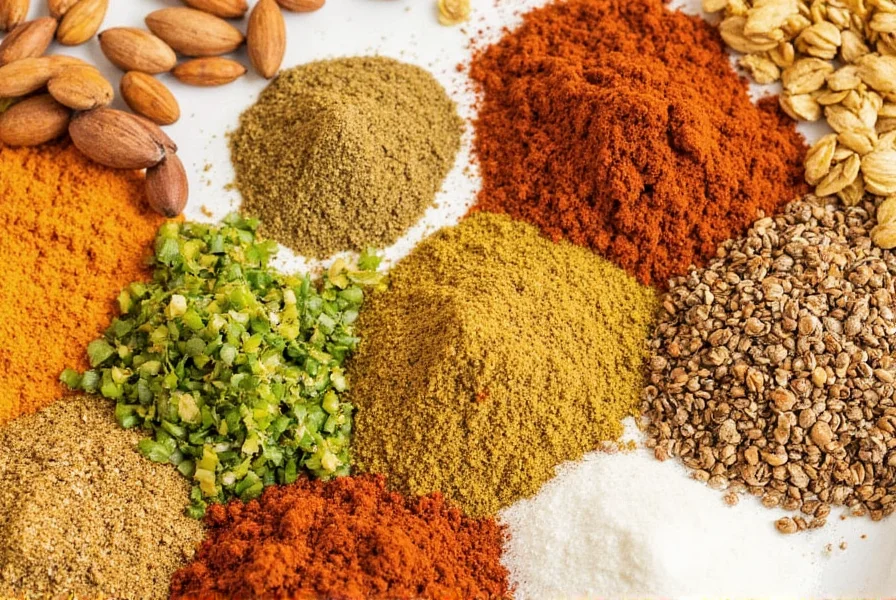









 浙公网安备
33010002000092号
浙公网安备
33010002000092号 浙B2-20120091-4
浙B2-20120091-4